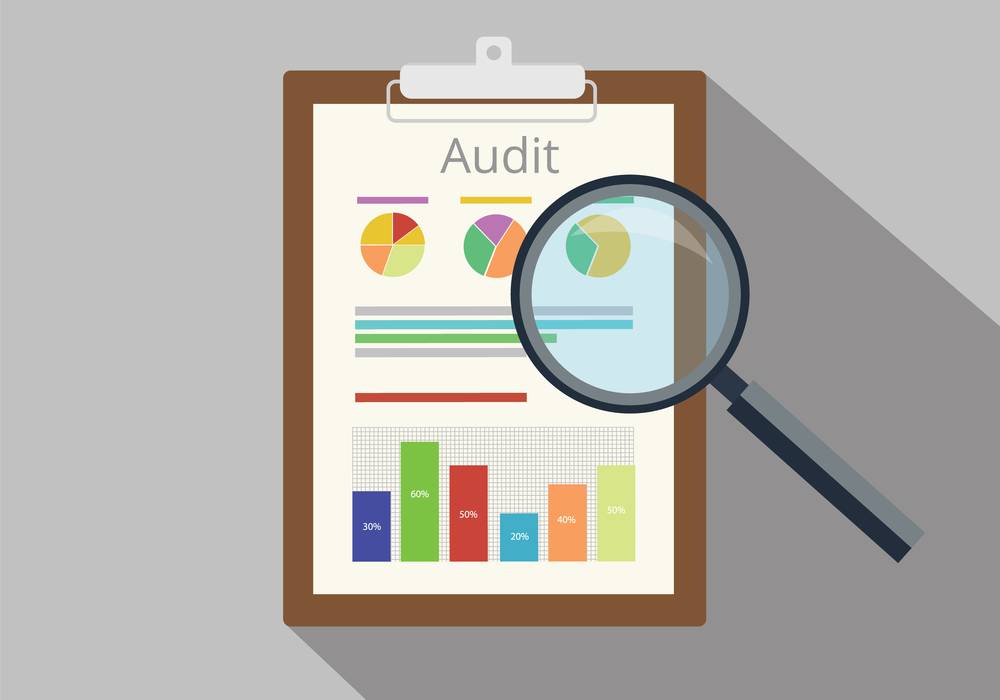One of the most challenging things in running a business is understanding all the paperwork needed in order for the finance administration to run smoothly and without any damages to the business. Usually, bookkeeping is in charge of most things when it comes to handling money, but at one point all that was done has to be crowned by an audit report. So, it can be said that audit has a special task to check everything and evaluate if the bookkeeping was done correctly. To do so, it has to rely on data provided by the bookkeeping. And this is where the problems occur. Before you know it, you’re supposed to enter the process of post-audit claims.
Not understanding the way it works, makes you feel entirely blind, unable to see a solution. Worry no further, because we’ve created a list of useful tips to follow in order to better understand the process.

1. Understand why you need auditing in the first place
Paperwork of any kind, especially financial, requires constant checking. Bookkeepers are usually hired by businesses, working closely with them, which sometimes makes them unable to look at things objectively. Here’s where the audit steps in.
The need for audit as a profession is reflected in the financial statements of business entities. Its task is to say whether or not all the statements regarding finance are prepared as the law commands, and presented in such a way in a way that accurately and reliably shows the results of the business entity. It does so by reviewing all the financial data accumulated over the year.
When the audit is complete, users (usually business owners or CEOs) go through the data prepared, read all financial statements, and create a picture of the state of assets, liabilities, income, expenses, gains, and losses of their business. This is of utmost importance since it serves as a guide in making the right business decisions.
Who else is interested in such data? Aside from the aforementioned people, the most common users are investors, loans, and the management of a particular business entity. With the help of the audit, these people receive an independent and objective opinion that the data presented in the final reports are completely credible. Prior to the start of the audit process, auditors must make an appropriate audit plan and become familiar with the nature of the client’s business, in order to facilitate the detection of the greatest risks and enable a successful final audit process, i.e. issuing an audit opinion.

2. Learn where the potential risk lies
You may have all the best-qualified staff working for you, but these claims will still happen. Why? It’s because of the problems found in invoices sent to others auditor did not pay attention to, it can also happen because someone has violated standards or just failed to comply with them. The risk of having to apply for these claims also lies in due credits or trade promotions. So many things need to be carefully controlled.
The risk can also be in your business organization as well. This is why it is so important to introduce standards and procedures to all your employees. Finance involves tons and tons of paperwork piling up, so when a mistake happens, one has to take quite a long journey in the past to detect it. In addition to that, every supplier contract needs to be carefully read, every invoice issued by them also, terms and conditions of purchases, deliveries, etc. Not having a functional management system is also a potential risk.

3. Learn what happens when the risk becomes reality and how the process looks like
When such errors are detected, you come to a point when you have to pursue what is rightfully yours, and submit a post-audit claim. Submission is usually done by a third party, someone outside your company, mostly because of the reasons explained in the previous point (having to analyze a bunch of documents). You can learn more here about who to ask for assistance in submitting the claim.
All in all, what needs to be done, is another audit, or better say an entire investigation. To do this, you need to have consent from the other side. When the consent is given, it means all the documentation from their side will also be available for evaluation. And here is where it gets complicated. How? Well, the assumption is these errors happened way in the past, and most documentation is not available anymore. In fact, this is no assumption, it is what commonly happens in practice. According to the experience, more than 50 % of claims show to be having some kind of error.
For what reason, you may ask? Several. Here are the two most common ones:
– Deduction of allowances twice, sometimes even three times, and the auditor failed to see this
– You’ve given a promotional discount, and it is not even valid for that region
At the end of this process, you should recovery what is rightfully yours. Although a process is tiring, and as previously said, requires a lot of investigating, do not give up. Each error can be fixed, with the right people working with you.
A question everyone should be asking, in the end, is there a way to prevent these errors from happening? It is better to establish a healthy documentation management system than to have to cure the errors that happened because you’re lacking it. After all, these post-audit claims represent a considerable amount of money.
If a post-audit process happened to you a couple of times, then it must have had a pattern. Learn from it, and work towards preventing it from happening. This way you’re building a self-learning system that is always healthy to nurture in a company.
One final piece of advice is never to receive a claim which is not backed up by documentation. Time is money, and no one has the privilege to waste it.





